Last month, while cowboy hats and boots took over the streets of Denver, Colo., for the 2019 Cattle Industry Summer Business Meeting, seven families were honored with the regional Environmental Stewardship awards. The Environmental Stewardship Award Program (ESAP) recognizes the nation’s best cattle and livestock operations and their stewardship and conversation efforts.
Established in 1991 by the National Cattlemen’s Beef Association to recognize outstanding land stewards in the cattle industry, ESAP is generously sponsored by Corteva Agriscience, McDonald’s, USDA Natural Resources Conservation Service (NRCS), U.S. Fish and Wildlife Service, and the National Cattlemen’s Foundation.
This year’s regional winners include: Overhome Farms in Crozier, VA; Blackbeard’s Ranch in Myakka City, Fla; Didrikson Farms in Badger, Minn.; Killam Duval County Ranch in South Texas; Blew Partnership in Castleton, Kan.; Cundall Ranch in Glendo, Wyo.; and Ute Creek Cattle Company in Bueyeros, N.M.
“America’s cattle producers are the original stewards of the land. They rely on a healthy ecosystem, including land, air and water resources, for their livelihood and they understand better than anyone the benefits of caring for those resources,” said NCBA President Jennifer Houston. “The lands we manage as farmers and ranchers are only entrusted to us for a short time and farmers and ranchers across the nation are committed to passing those resources to the next generation in a manner which ensures their future success. This year’s ESAP nominees exemplify the greatness of our industry and they share the common goal of bettering our industry through outstanding stewardship practices.”
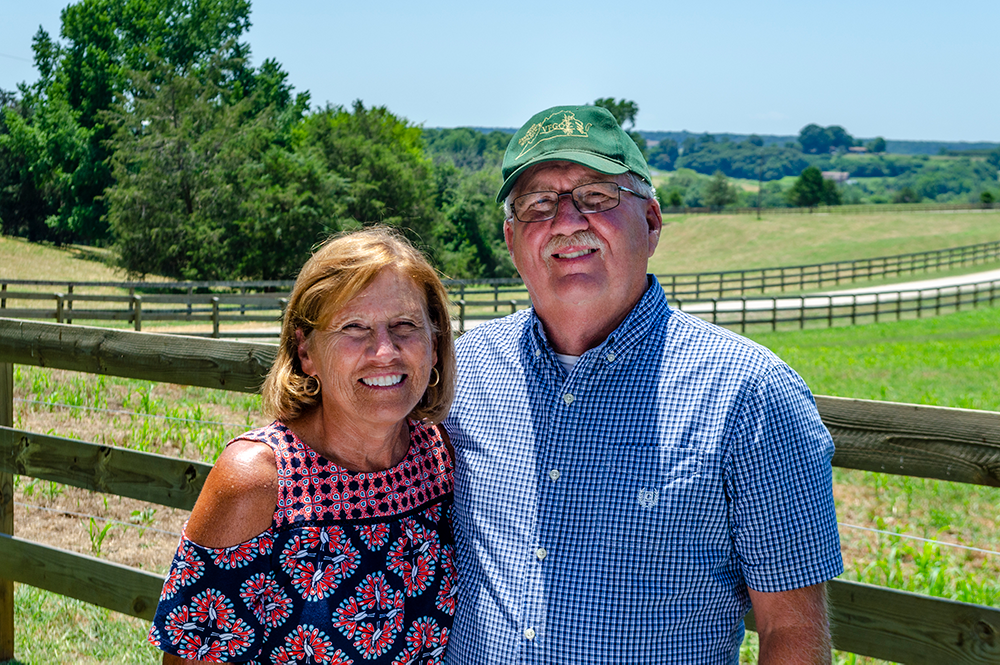
In Region 1, Overhome Farms is operated by the Nuckols family and has Charolais and Simmental cattle on 292 acres. The Nuckols family installed 15,000 linear feet of exclusion fencing and added 35 feet of vegetation buffers to improve water runoff that empties into Beaverdam Creek and then the James River. To improve productivity and utilization of their pastures, the family worked with National Resources Conservation Services (NRCS) to implement a rotational grazing plan.
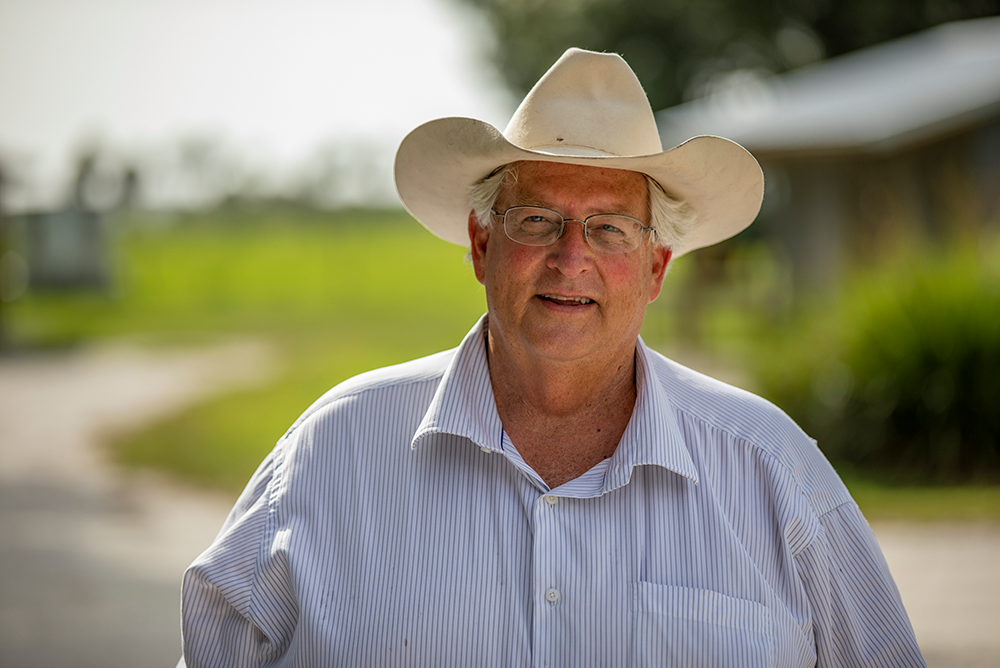
After six generations in the Strickland family, Region 2’s Blackbeard’s Ranch worked with NRCS to dedicate one-third of the ranch into a permanent conservation easement to protect water quality down-stream. This has restored the wetlands and native hydrological regime on 1,500 acres. Using herbicide treatments and prescribed burns, the Stricklands thinned out dense trees and continue removing invasive plants. They installed water troughs driven by five windmills and three solar wells, which allows them to implement a rotational grazing plan independent of ponds that usually dry up. Strickland shares the story of agriculture and conservation with three to five busloads per week of people which includes legislators and agencies.
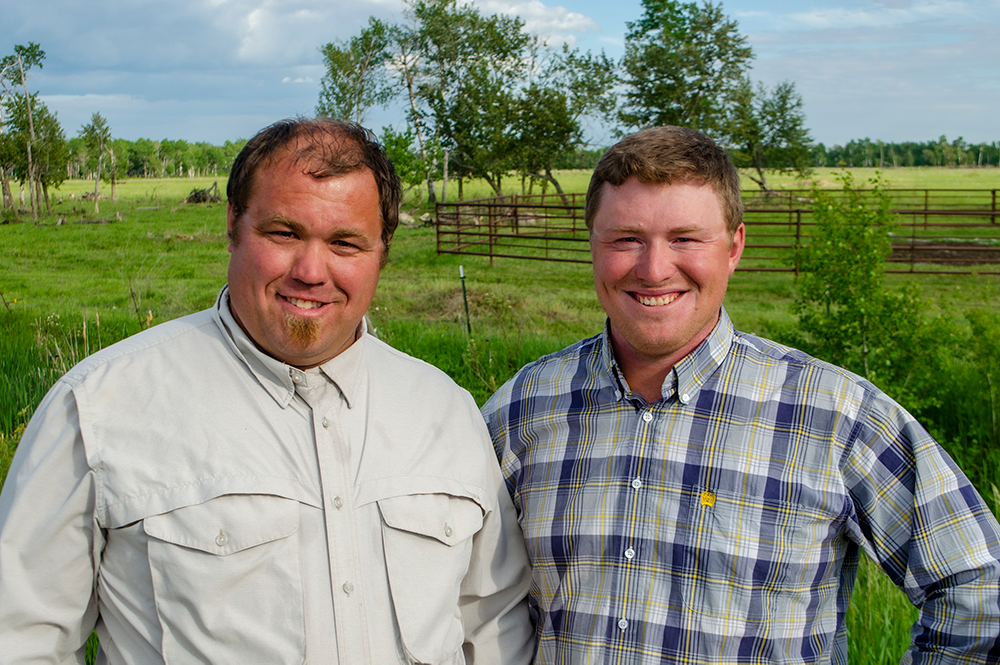
In Region 3, Didrikson Farms consolidated their cows to create fewer, larger herds spread out on the 4,500 acres to make healthy soil and grass their top priority. Implementing a strip grazing plan has increased the overall soil health, which led to an increase in organic matter and decrease in weeds and water runoff. The Didrikson brothers also worked with NRCS to install permanent water resources and portable water tanks. They have made the transition from grain farming to raising only cattle and grass, which is rare in their part of the country.
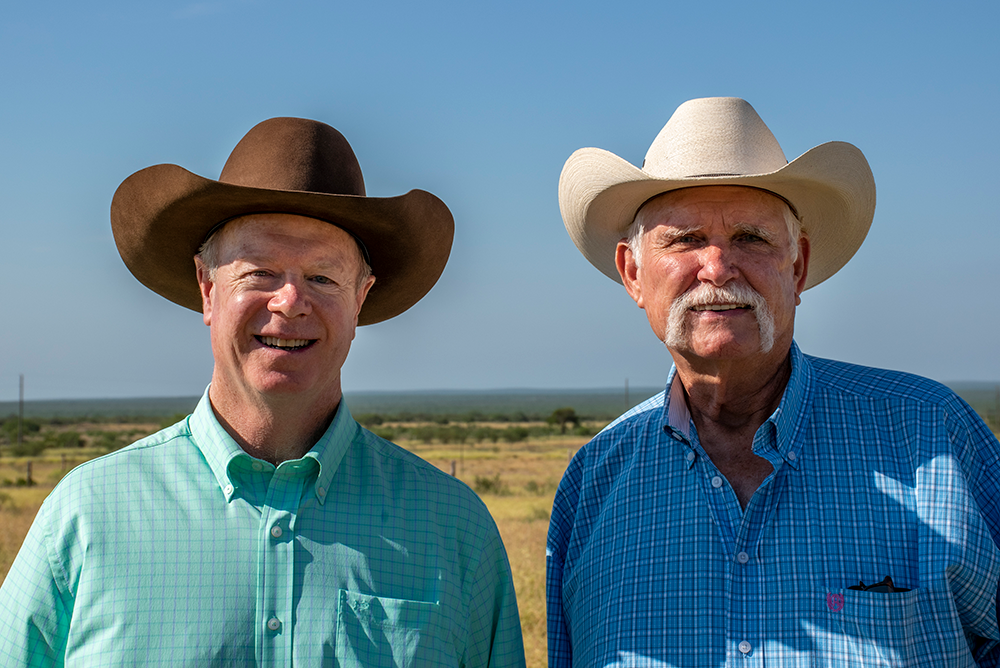
Region 4’s Killam Duval County Ranch encompasses 125,000 acres, much of which was overgrazed and covered in brush. The ranch team successfully used aerial herbicide spraying to reduce the dense cover of mesquite trees and prickly pear cactus. The team created a plan to have reliable water sources and recycled water tanks from an oil field and put them in place to gravity feed. They installed more than 300 miles of pipeline and 200 water troughs. Thanks to accessible water across the ranch, rotational grazing is improving the forage base. Pastures get as much as a full year to rest.
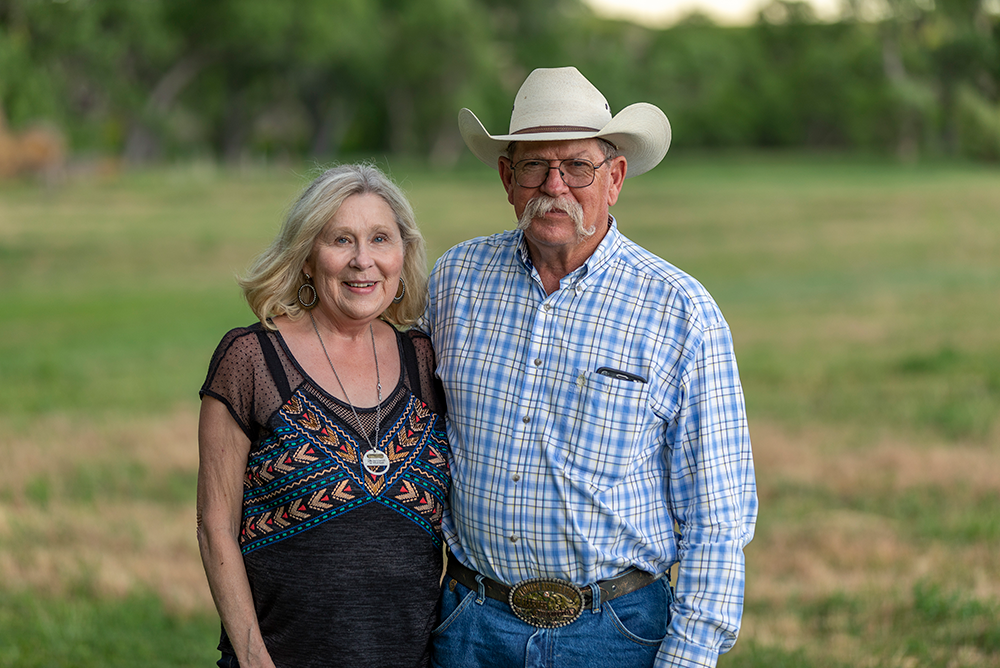
In Region 5, the Cundall Ranch uses rotational grazing, cross fencing and improved water lines to keep their grass in good condition. To supplement their grass, the Cundalls use center pivot irrigation to produce hay for winter feeding. They have worked with NRCS to install 18 different solar pumps and more than 9 miles of water lines for easy accessibility. The family also installed living snow fences, uses genetic selection to reduce the size of cows to better fit their resources and experiments with bio-char to get more carbon in the soil.
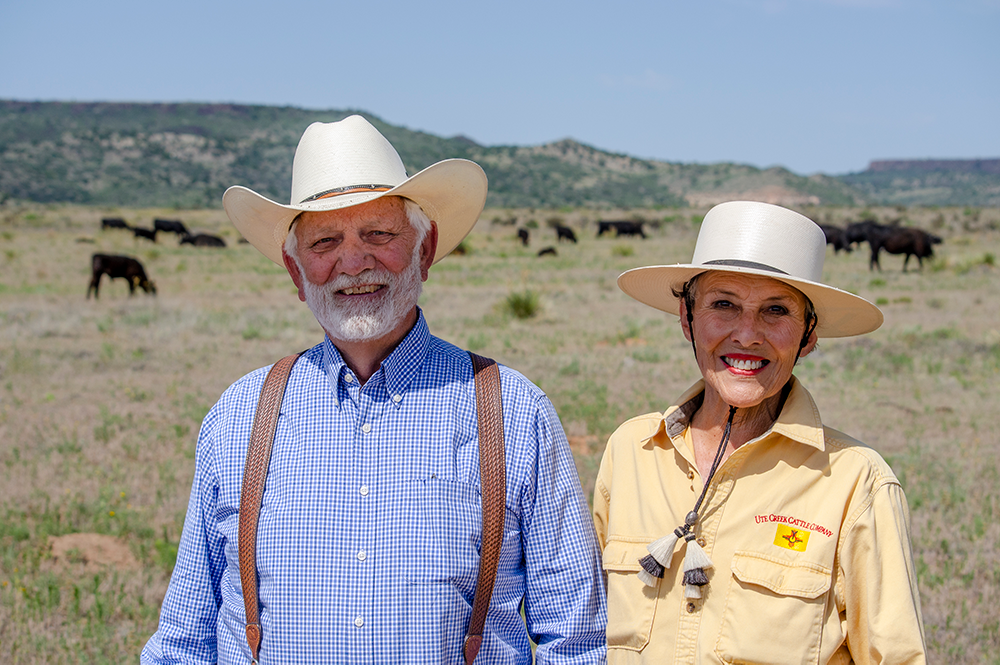
Ute Creek Cattle Company of Region 6 covers 14,000 acres that suffered from over-grazing, infestation of heavy-water-using salt cedar trees and neglect. The Crews family partnered with NRCS and Ute Creek Soil & Water Conservation District to fence off and aerially treat salt cedar. EQIP created a water distribution system with two 10,000-gallon water storage tanks installed on the highest point of the ranch. More than 25 miles of two-inch poly pipe distributes water over the ranch through gravity flow. Tuda Crews added polyurethane “shade balls” to nine stock tanks, which reduces evaporation by 91 percent and saves 16,000 gallons of underground water on each tank annually. In 2004, they established a 23-acre wild bird sanctuary dedicated to short grass prairie bird habitat. Bird species have increased from 16 to more than 100.
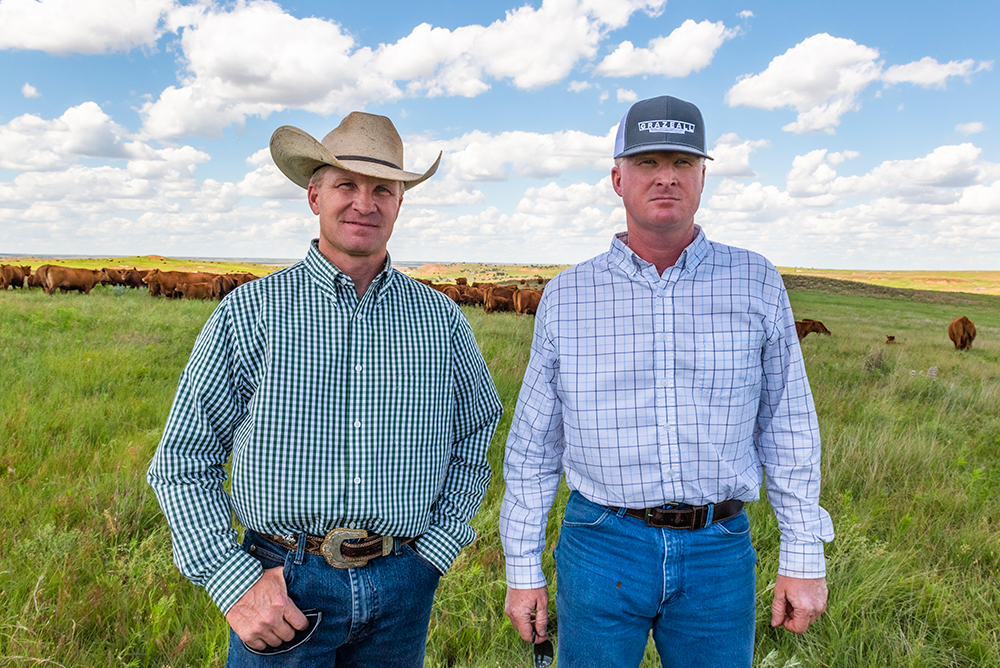
In Region 7, Blew Partnership bought a 19,000-acre ranch in 2012, which had between 23 and 40 percent canopy of Eastern Red Cedar. In 2016, the ranch faced a multi-state devastating wildfire that burned through the land. This resulted in a rare case of positivity following a destructive wildfire by restoring native grasses, improving soils and accelerating the timetable for reducing the invasive plants. They worked with NRCS to add miles of cross fencing to support their intensive rotational grazing plan and install an extensive water distribution system. The Blews continue to use fire as a natural resource to improve range land and stay on top of the invasive Red Cedar. They moved away from grain production and converted more than 1,500 crop acres back to perennial grasses and cover crops.